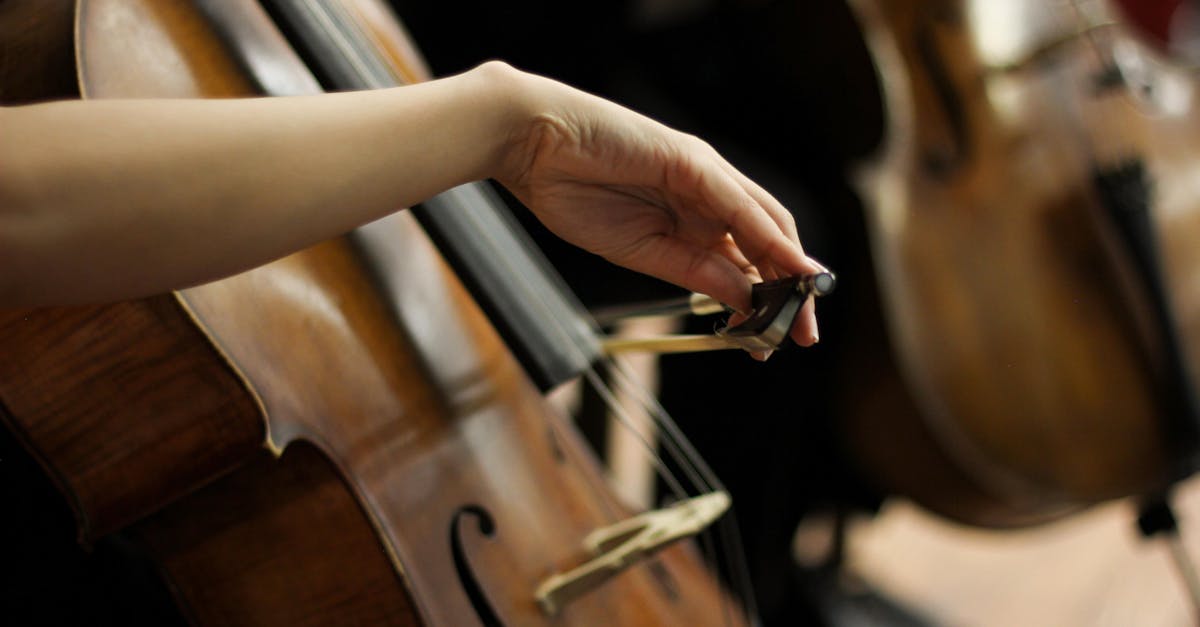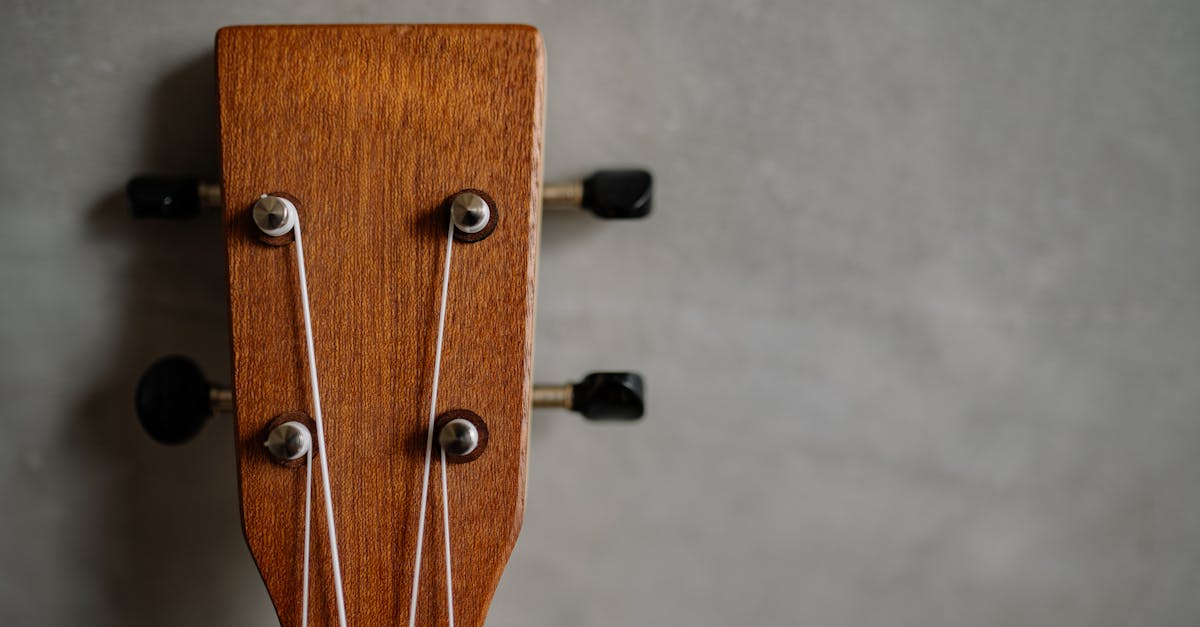Global Sonatas A Melodic Odyssey
Introduction
From the lush tones of Bach to the structured compositions of Mozart, sonatas have captured the musical imagination for centuries. This prolific form, originally used as short instrumental compositions in the Baroque period, evolved over the years to dominate the romantic and classical eras. However, the journey of the sonata didn’t just centralize in Europe; it spanned the globe, touching cultures and continents far and wide. Global sonatas are a breathtaking example of intercultural music exchange that sought to blend local traditions with Western influences. Additionally, these works have contributed to the emergence of hybrid music genres, reaffirming their lasting impact. But what trajectory led to this global cultural symphony?
Advertisement
The European Origins of the Sonata
Sonatas found their roots in late 16th-century Italy, gaining rapid popularity during the Baroque period. Composers like Domenico Scarlatti expanded the format, while the likes of Beethoven and Mozart further crystallized its structure during the Classical era. Initially, sonatas were predominantly three-movement pieces focusing on fast, slow, and final speedy sections. As time progressed, the composers' emphasis on both harmonic and thematic development allowed for complex emotional expression. This evolution in form encouraged greater technical dexterity, making sonatas appealing for virtuoso performers. In essence, they harmonized compositional discipline and creative exploration, paving the way for a melodic expedition beyond Europe.
Advertisement
Crossing Oceans and Cultural Bridges
The narrative of sonatas embarked on a new chapter as explorations and trade routes expanded musical ideas across continents. Western musical instruments and forms, including the sonata, diffused globally through colonization, trade, and cultural exchange. In Asia, composers began interlacing sonata forms with traditional instruments like the koto and shamisen. The African continent embraced the form with spirited improvisations influenced by local rhythms and melodies. Meanwhile, in Latin America, sonatas melded seamlessly with distinctive regional sounds, resulting in a vibrant fusion. As these global adaptations occurred, sonatas began to symbolize a collaborative cultural dialogue, transcending borders and fostering creative initiatives.
Advertisement
The Far East's Sonata Interpretations
In Japan and China, the sonata form saw unique adaptations with a distinctively regional flair. Traditional Western instrumental sonatas were adapted for indigenous instruments, reflecting each culture's tonal preferences and scales. Composers like Toru Takemitsu and Bright Sheng shaped a new narrative by seamlessly blending traditional Asian music scales and motifs with the sonata form, leading to a novel sonic experience. This cultural synthesis extended to performances, as musicians redefined the role of recital spaces, inviting audiences to intimate cross-cultural exchanges. The renaissance of the sonata in the East highlights its potential as a vessel for artistic and cultural fusion that resonates globally.
Advertisement
African Rhythms and Sonata Synthesis
African musicians and composers have historically embraced improvisation and rhythmic innovation. These elements breathed new life into the traditional sonata form. Musicians like Fela Sowande and Joshua Uzoigwe explored incorporating traditional African instruments, such as the talking drum and balafon, within classic sonata frameworks. The rhythmic diversity inherent in African music introduced syncopation and dynamic variations into otherwise rigid sonata structures, creating captivating iterations unique to the continent. This innovative amalgamation exemplifies the transcultural exchange fostered through sonatas and underscores their adaptability in various musical environments.
Advertisement
Latin American Sonata Evolution
Latin American cultures are noted for their vibrant musical traditions, which found new avenues within the sonata form. Renowned composers like Heitor Villa-Lobos and Astor Piazzolla invigorated sonatas by weaving in indigenous sounds and dances. Incorporating the percussive energy of Tango and Samba resulted in electrifying compositions that resonated deeply with local audiences. The sonatas from Latin America are colorful tapestries rich with local folklore, showcasing how Western influences can be harmonized with cultural imprints. This melding underscores the enduring dynamism of the sonata as a global musical entity.
Advertisement
The Sonata's Modern Reinterpretation
In contemporary settings, sonatas have undergone considerable transformations reflecting present-day cultural discourses. Experimental musicians have incorporated electronic elements and non-traditional sounds to innovate and challenge classical norms. Performers explore new mediums such as digital compositions, which allow for heightened interactivity and broader creative expression. The use of environmental sounds within sonatas illustrates a modern dialogue with nature and technology. These contemporary iterations continue to push boundaries, ensuring the sonata's relevance and reflecting global sonic diversity. Present-day composers stand testament to the form's lasting legacy and potential for boundary-defying expressions.
Advertisement
Challenges and Opportunities for Global Sonatas
While the global integration of sonatas yields insightful cross-cultural dialogues, it also poses challenges. Authentic representation and respect for traditional forms are essential when borrowing elements from diverse cultures. Ensuring that these adapted sonatas do not dilute the distinctive aspects of originating cultural music requires delicate balance. Yet, the globalized sonata offers opportunities for collaborative citizenship where shared experiences draw individuals closer. It encourages openness to various musical traditions, fostering empathy and understanding through shared melodic language.
Advertisement
Educational Value of Global Sonatas
Beyond the performance stage, global sonatas serve as valuable educational tools. They provide musicians and audiences with insight into diverse cultural backgrounds and musical theory from various world regions. Educational institutions leverage the sonata's global trajectory to foster cross-cultural appreciation among students. Studying global sonatas introduces new harmonic languages, tonal systems, and performance styles that extend a musician’s repertoire. These compositions serve not only as artistic creations but also as an exploration of cultural exchange, historical contexts, and mutual influences.
Advertisement
Conclusion
The sonata's evolution from a Western musical foundation to a globally embraced, diversified form is a remarkable testament to its adaptability and universality. Its ability to meld with myriad cultural elements extends a compelling narrative of cross-cultural connectivity. Serving as a bridge between musical traditions, the global sonata celebrates the richness of collaborative exchange and creative diversity found in our interconnected world. Whether through traditional, hybrid, or modern embodiments, sonatas continue to transcend boundaries, enriching the world's soundscape. This melodic odyssey reinforces music as a timeless vessel for human expression and mutual understanding.
Advertisement







